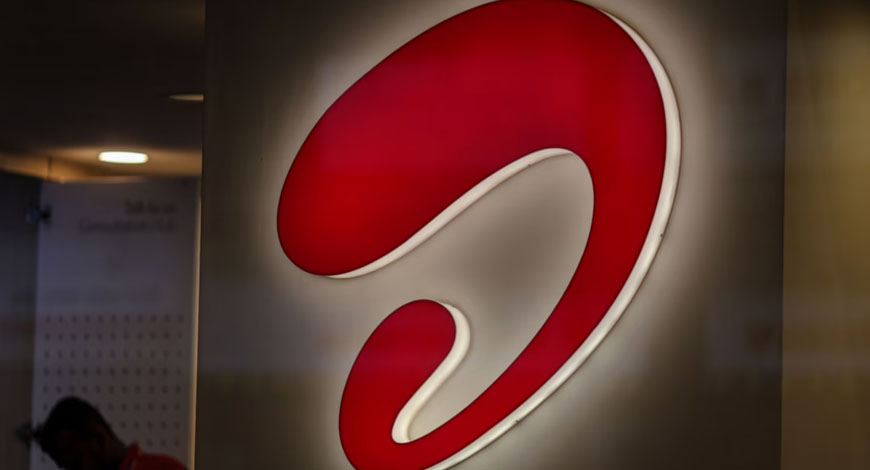Cases of Covid-19 have never fallen to zero in India since the coronavirus disease was first detected, Naveen Kumar, Director, National Institute of Virology (NIV), Pune, said on Wednesday (June 18, 2025), adding, “We have now scaled-up surveillance and genome sequencing following the recent surge in cases.”
The NIV was continuously monitoring the evolution of the SARS-CoV-2 coronavirus by whole genome sequencing of RT-PCR (reverse transcriptase polymerase chain reaction) positive samples referred from 73 virus research and diagnostic laboratories across the country, Dr Kumar said.
The recent upsurge in Covid-19 cases had been noticed since the second week of April 2025, Dr. Kumar said, adding that genomic analysis had revealed the surge was due to the JN.1.16 sub-lineage of the Omicron variant, and that since May 2025, it had been replaced by the XFG (LF.7 and LP.81.2) recombinant variant. Whole genome sequences have been submitted to the Indian Biological Data Centre and GISAID (Global Initiative on Sharing All Influenza Data).
The virus isolation of the newer variants would be helpful in assessing vaccine effectiveness, and in supporting India’s indigenous efforts for vaccine development, Dr Kumar said.
“Currently, two monovalent Omicron-based vaccines are available (Biological E Limited’s Corbivax, and Serum Institute of India’s COVOVAX). The situation is being continuously monitored by the Union Health Ministry,” the head of the NIV said.
India reported its first cases of Covid-19 on January 30, 2020 in three towns of Kerala, in three Indian medical students who had returned from Wuhan, the epicentre of the pandemic.
India’s active Covid-19 caseload dropped marginally to 6,483 on Wednesday from 6,836 the previous day, according to latest data from the Ministry of Health. Four deaths have been recorded in the past 24 hours.
Of the four deaths, two were reported in Maharashtra, while Kerala and Delhi reported one each, respectively. All four individuals were elderly, and had existing respiratory ailments and other chronic conditions.
India is currently witnessing a rise in infections driven by emerging subvariants, including LF.7, XFG, JN.1, and the newly detected NB.1.8.1.
Delhi recorded the highest number of fresh Covid-19 cases, with 65 new infections taking its total to 620. Kerala continues to report the highest number of active Covid-19 cases at 1,384, followed by Gujarat with 1,105. Karnataka and Maharashtra reported 653 and 489 active cases, respectively.
Covid-19 is the symptomatic disease caused by the SARS-CoV-2 coronavirus. Vaccination remains an important public health countermeasure against Covid-19, the World Health Organization (WHO) has said. SARS-CoV-2 continues to undergo sustained evolution since its emergence in humans, with important genetic and antigenic changes in the spike protein, the global health body said. The Hindu









